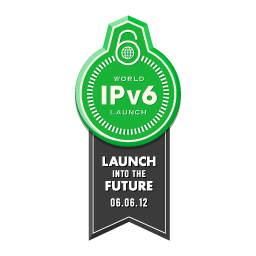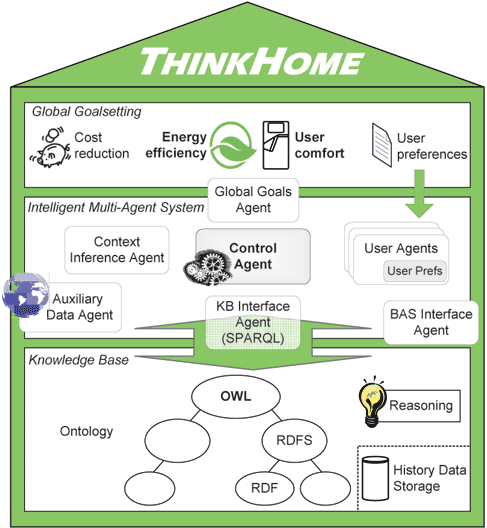
|

|
|

Overview of the ThinkHome system
An
agent based framework is home for agents that act on behalf of users
(avatars) and has the artificial control strategies embedded. Moreover,
it provides access to the knowledge base and interfaces to the
underlying building control systems. The project outcome will be
verified by a prototype implementation that will be installed into an
existing building automation model. Additionally, a simulation shall
highlight both the applicability and benefits that ThinkHome holds in
real world projects. From its
beginning, all results of the ThinkHome project will be made available
to the public through open workshops and via a dedicated project
homepage.
|
|
Last Updated ( Wednesday, 13 April 2011 )
|
|
|

|















